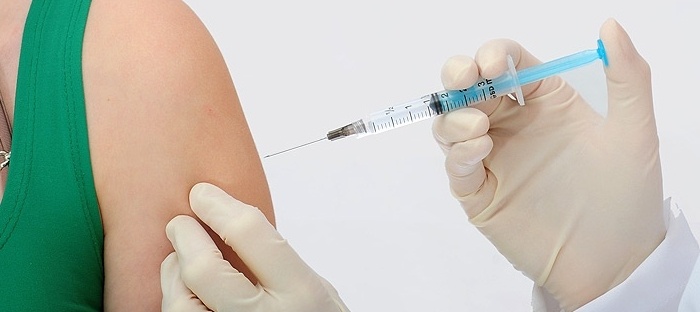 Image Credit: MedScape
Image Credit: MedScape
In 2012 the U.S. Department of Health & Human Service conducted a study where they measured vaccine refrigerator and freezer temperatures at over 45 locations across the country in order to assess storage conditions.
During the two week study, 76% of the 45 selected providers had vaccines exposed to inappropriate temperatures for at least 5 cumulative hours. The Department of Health & Human Services saw this as a huge opportunity to provide better guidelines on how to safely and effectively store vaccines. This lead to the creation of the first CDC Vaccine Storage and Handling Toolkit. The toolkit was updated earlier this year, but the foundation on how to properly store vaccines remains.
Proper vaccine storage plays a major role in preventing and eradicating vaccine-preventable diseases. If vaccines are stored incorrectly, this can result in an inadequate immune response in patients leading to poor protection against disease and the need for revaccination (if the improper storage is determined). If the improper storage conditions are not identified and the patient is not revaccinated the patient could remain at risk unknowingly. These issues can cause patients to lose confidence in vaccines and providers. Moreover, many providers have suffered significant financial loss due to wasted vaccines.
The following steps will help your practice avoid a devastating vaccine loss:
- Read the CDC Vaccine Storage & Handling Toolkit
- Use continuous temperature monitoring on ALL of your vaccine units
- Utilize alarms & notifications
- Store your vaccines in medical-grade refrigerators and freezers
- Have a plan and be prepared for temperature excursions
Want to learn more about safely, efficiently, and effectively storing vaccines according to CDC & VFC guidelines? Join us for our upcoming webinar on Thursday, November 10th at 3:00PM EST, with Alex Evans, PharmD, CGP. Alex is the Pharmacy Manager at Seton Outpatient Pharmacy in Jacksonville, Florida, and preceptor for the University of Florida and Florida A&M University.




